LaRC05 Failure Criterion For Fiber-Reinforced Composites
This “Abaqus Tutorial: LaRC05 Failure Criterion For Fiber-Reinforced Composites” training course provides an overview of the LaRC05 failure criterion and its application to fiber-reinforced composites. Fiber-reinforced composites have become increasingly popular in engineering applications due to their high strength and stiffness-to-weight ratios. However, predicting the failure behavior of these materials can be challenging due to their anisotropic and heterogeneous nature.
The LaRC05 failure criterion is a widely used method for predicting failure in fiber-reinforced composites. This course will cover the theory behind the LaRC05 failure criterion, as well as its implementation in the Abaqus software package. Students will learn how to characterize material properties for use in the LaRC05 failure criterion, and how to validate and verify simulations using this method.
Throughout the course, students will work on examples and case studies to develop their understanding of the LaRC05 failure criterion and its application to engineering problems. By the end of the course, students will have a solid understanding of how to use the LaRC05 failure criterion in Abaqus simulations, and how to apply this knowledge to real-world engineering challenges.
What is the LaRC05 failure criterion?
LaRC05 failure criterion is almost the latest failure criterion that has been developed in the composite industry, and due to its characteristics, it has received more attention from design engineers than Puck, Hashin, Tsai-Wu, etc.
In this criteria, the nonlinear shear response is considered. The proposed criteria have four modes of failure: Crack matrix, fiber failure, fiber splitting, and Kinking. In LS-Dyna software from version R7.0, this criterion can also be used as * MAT_261 and * MAT_262. NASA has supported the development of this project.
Overview of the course
- Introduction to Fiber-Reinforced Composites
- Definition and properties of fiber-reinforced composites
- Advantages and disadvantages of using fiber-reinforced composites in engineering applications
- Overview of the LaRC05 failure criterion and its relevance to fiber-reinforced composites
- Theory of Failure Criteria
- Overview of failure criteria and their importance in engineering design
- Types of failure criteria and their applications
- Derivation of the LaRC05 failure criterion and its assumptions
- Material Characterization for LaRC05
- Overview of material testing for fiber-reinforced composites
- Types of tests for determining material properties
- Data reduction techniques for material testing data
- Implementation of LaRC05 in Abaqus
- Overview of Abaqus software and its capabilities for simulating composite materials
- Steps for implementing the LaRC05 failure criterion in Abaqus
- Examples of simulations using the LaRC05 failure criterion in Abaqus
- Validation and Verification of LaRC05
- Overview of validation and verification techniques for numerical simulations
- Methods for validating and verifying the LaRC05 failure criterion in Abaqus
- Examples of validation and verification studies using the LaRC05 failure criterion in Abaqus
- Applications of LaRC05 to Engineering Problems
- Overview of engineering problems that can be solved using the LaRC05 failure criterion in Abaqus
- Examples of engineering applications using the LaRC05 failure criterion in Abaqus
- Limitations and future directions for the use of the LaRC05 failure criterion in engineering design
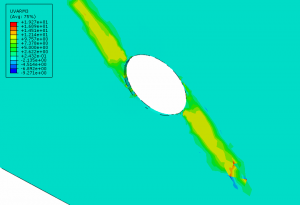
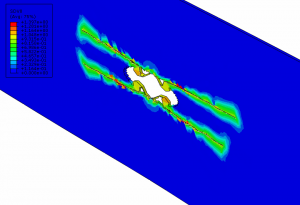

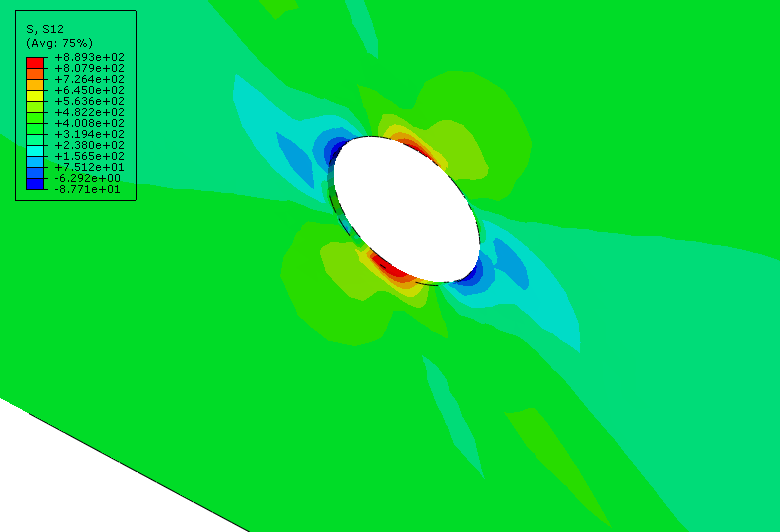
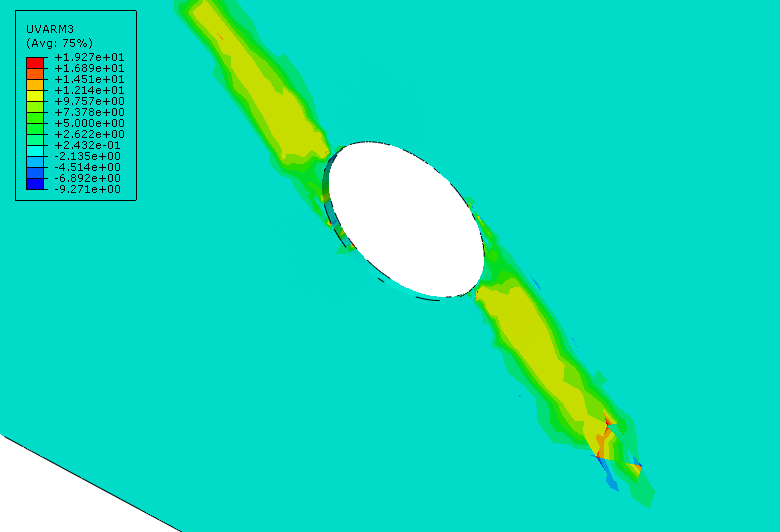
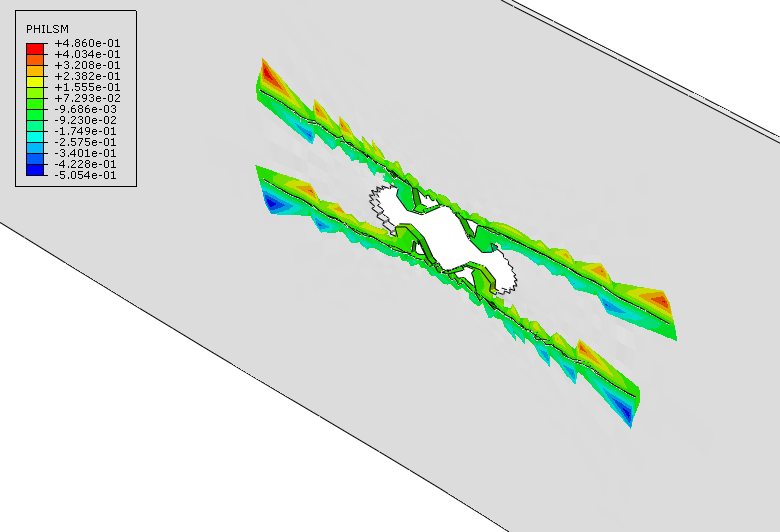
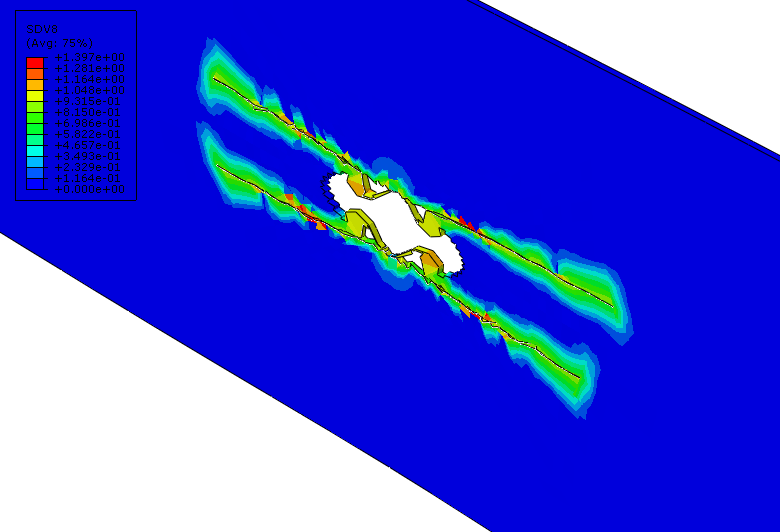
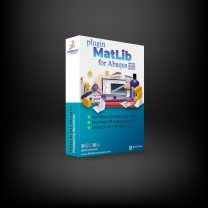

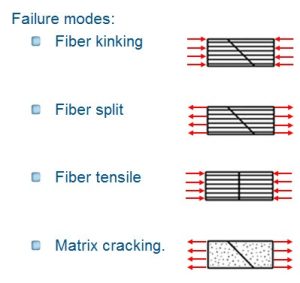
 We’re fully confident in the value and reliability of the product. If for any reason you are not completely satisfied, email us at
We’re fully confident in the value and reliability of the product. If for any reason you are not completely satisfied, email us at 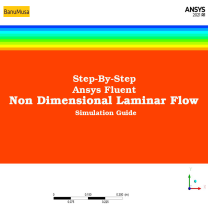





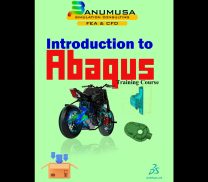

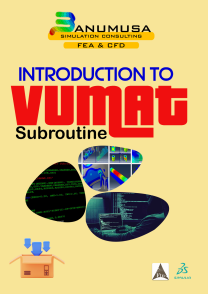



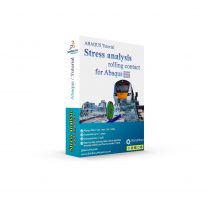

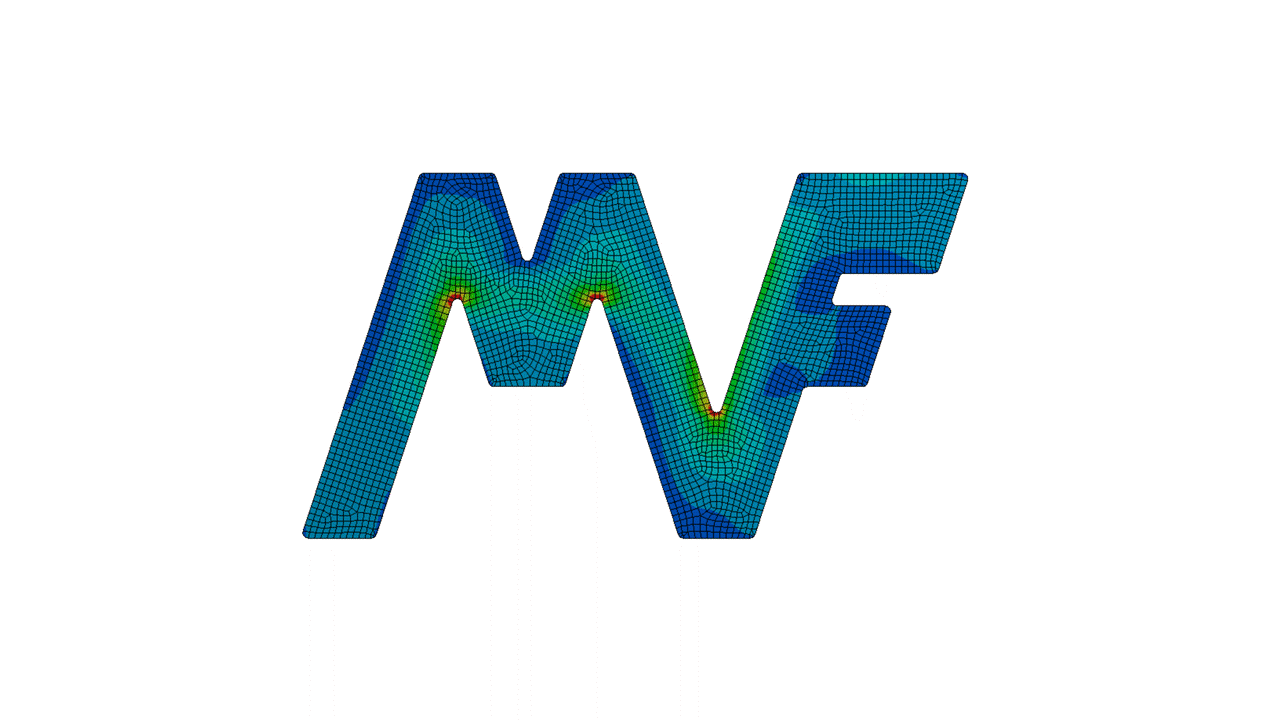





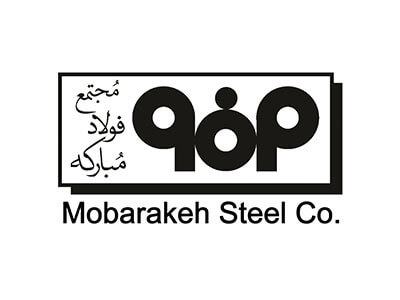





saber –
It was a useful and novel approach, although this theory only applies to unidirectional fibers, it is better to talk about other failure criteria in the future. thank you
Hassani –
Valuable content and very good delivery for using Larc05 failure criterion for Unidirectional Fiber-Reinforced Composites , I recommend banumusa services to students and academic researchers for reliable simulation
Pedram Gholami –
Thanks to all… hope enjoy the product 😉